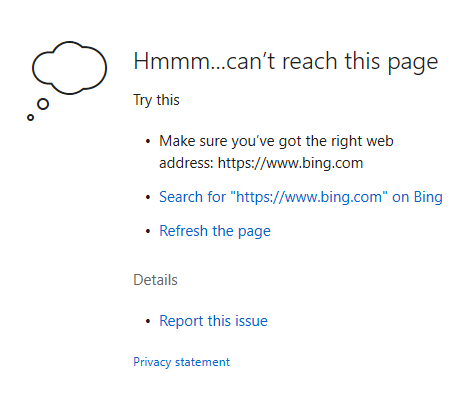

- #Block outgoing connections for a program mac mac os x#
- #Block outgoing connections for a program mac install#
Users uncomfortable with the application firewall can still manually configure the included stateful packet inspection firewall, ipfw, that’s always running in the background. OS X 10.5.1 fixed these flaws by properly labeling the options, tightening and documenting which “essential services” are allowed, and re-prompting users to activate changed applications instead of breaking them. These applications would bounce on the Dock a few times and close, confusing users.
#Block outgoing connections for a program mac mac os x#
The firewall would digitally sign the application, but if the application’s code changed at all, Mac OS X would think it was an unapproved modification and refuse to run it. The application firewall also allowed these open services, but broke some applications, such as Skype, that change their internal code when they run. “Allow only essential services”-an option for configuring the firewall we’ll discuss more below-had another label: “Block all incoming connections.” However, this option left a number of open ports, including any service running as the root user, none of which were shown in the user interface. When Leopard was released in late October, the firewall behaved differently than what you’ll see in the current version. Since the Leopard firewall is easy to use for non-technical users I recommend activating it, even if you’ll never need it.
#Block outgoing connections for a program mac install#
As you install and use programs on your system you often open ports without realizing it, and there’s always the possibility (make that probability) of a new attack. This is unlike most versions of Windows that ship with a bunch of open services for an attacker to target.īut one security mantra is, “never assume,” and what’s true today won’t be true tomorrow. Leopard is a bit chattier than earlier versions of Mac OS X, but out of the box (at the time of this writing), there are no known attacks for these default services. Firewalls prevent unapproved connections to open ports on a computer or network, but the average Mac, by default, doesn’t open many ports in the first place. It’s a surprisingly difficult question to answer. As with any major change in a popular operating system this transition comes with a learning curve, but thanks to the recent OS X 10.5.1 update from Apple, Leopard’s firewall is fairly straightforward and recommended for the average Mac user.Īs a security professional I’m often asked by Mac users if they need a firewall. Mac OS X has long included a basic firewall, but with the release of Mac OS X 10.5-also known as Leopard-this fundamental security technology is moving in a new and innovative direction.


 0 kommentar(er)
0 kommentar(er)
